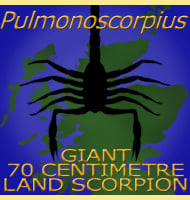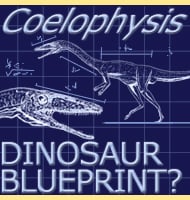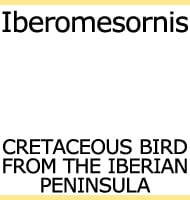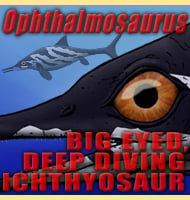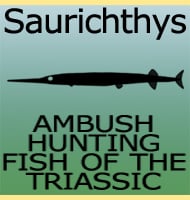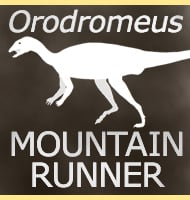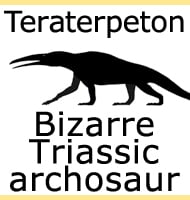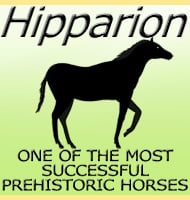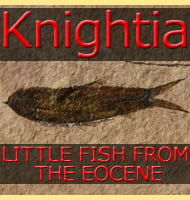In Depth
Fossils sitting in a museum and sometimes thought to belong to one kind of ceratopsian dinosaur are sometimes found to actually represent another upon later examination. This is how others such as Mojoceratops and Spinops were discovered, and is also how Ojoceratops was discovered. Ojoceratops was classed as Torosaurus, but is thought to have resembled a Triceratops with a squared off frill.
The discovery and naming of new genera means publishing study papers that details the distinguishing features of a genus, the identifying characteristics that make one genus standout from amongst others. The raising of the new Ojoceratops genus from unfamiliar fossil material has allowed other palaeontologists to share their opinions upon the raising of the genus and its validity. Unfortunately for Ojoceratops many have pointed out stark similarities to both Triceratops and Eotriceratops. Further study may yet declare it as a synonym to one of these two genera.
Further Reading
– A new chasmosaurine (Ceratopsidae, Dinosauria) from the Upper Cretaceous Ojo Alamo Formation (Naashoibito Member), San Juan Basin, New Mexico. New Perspectives on Horned Dinosaurs: The Royal Tyrrell Museum Ceratopsian Symposium. – Indiana University Press, Bloomington 169-180. – R. M. Sullivan & S. G. Lucas – 2010.
